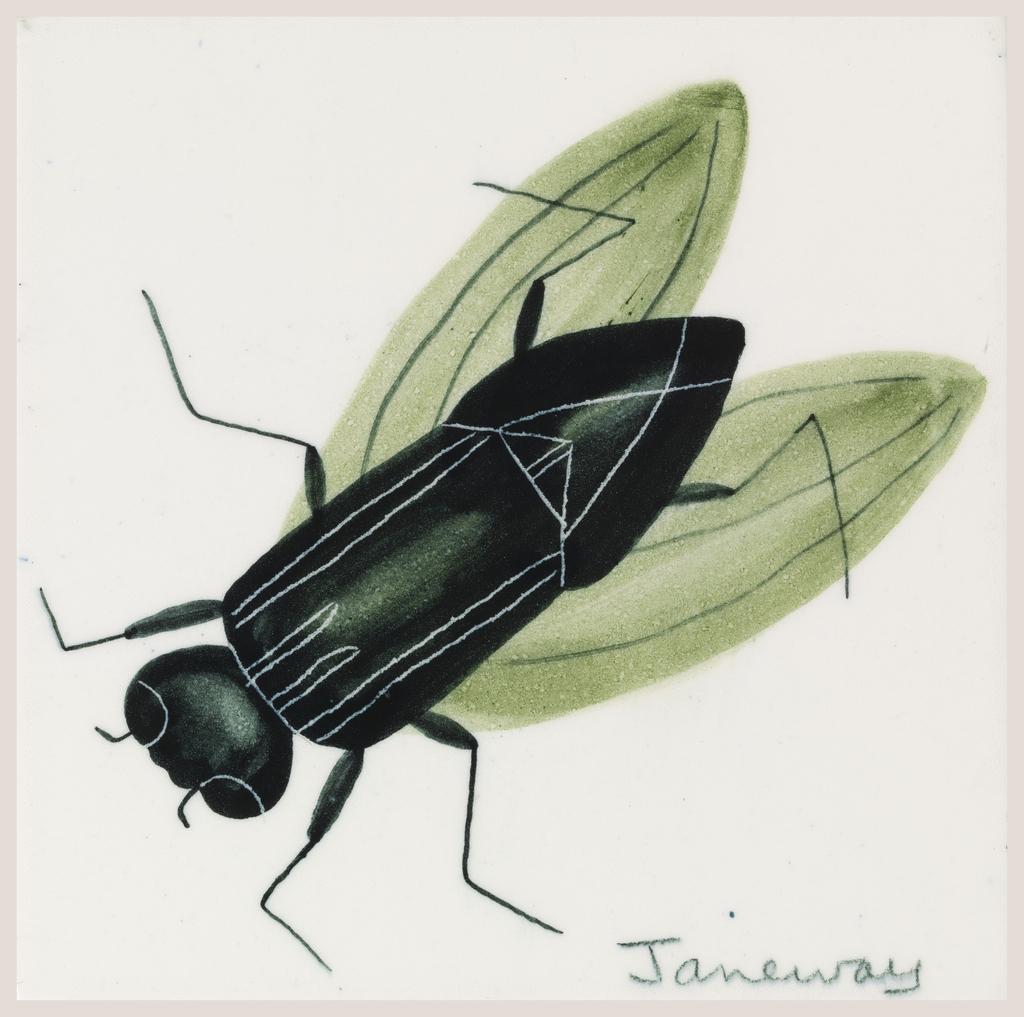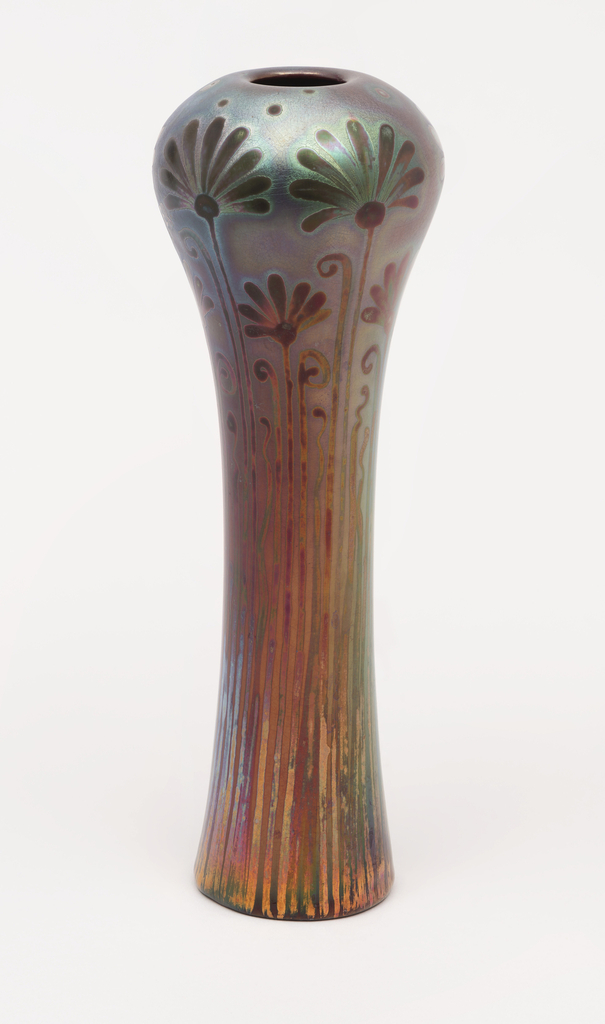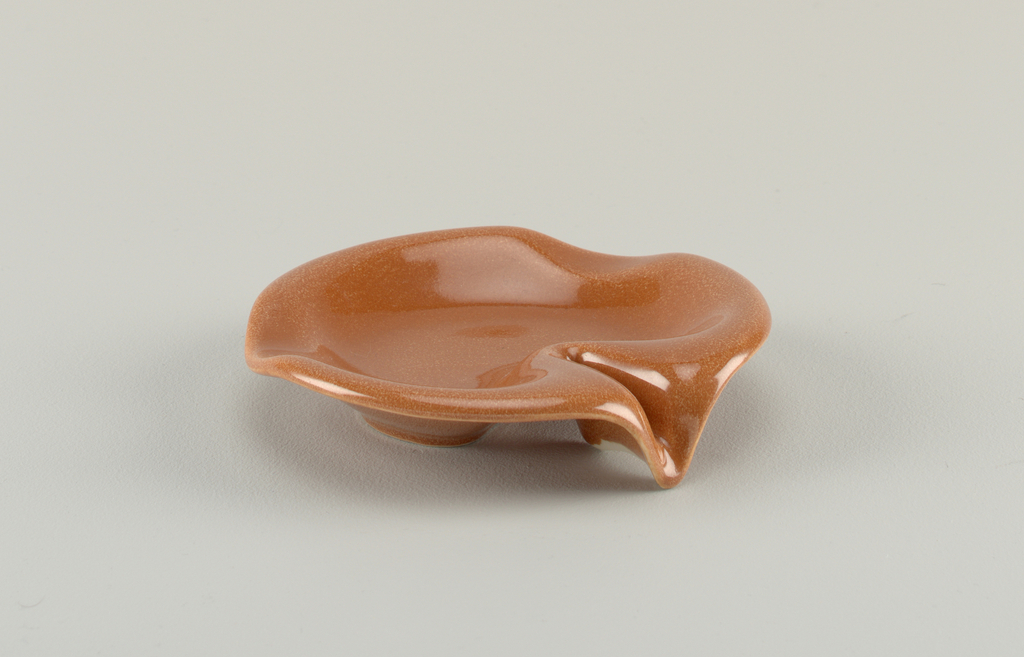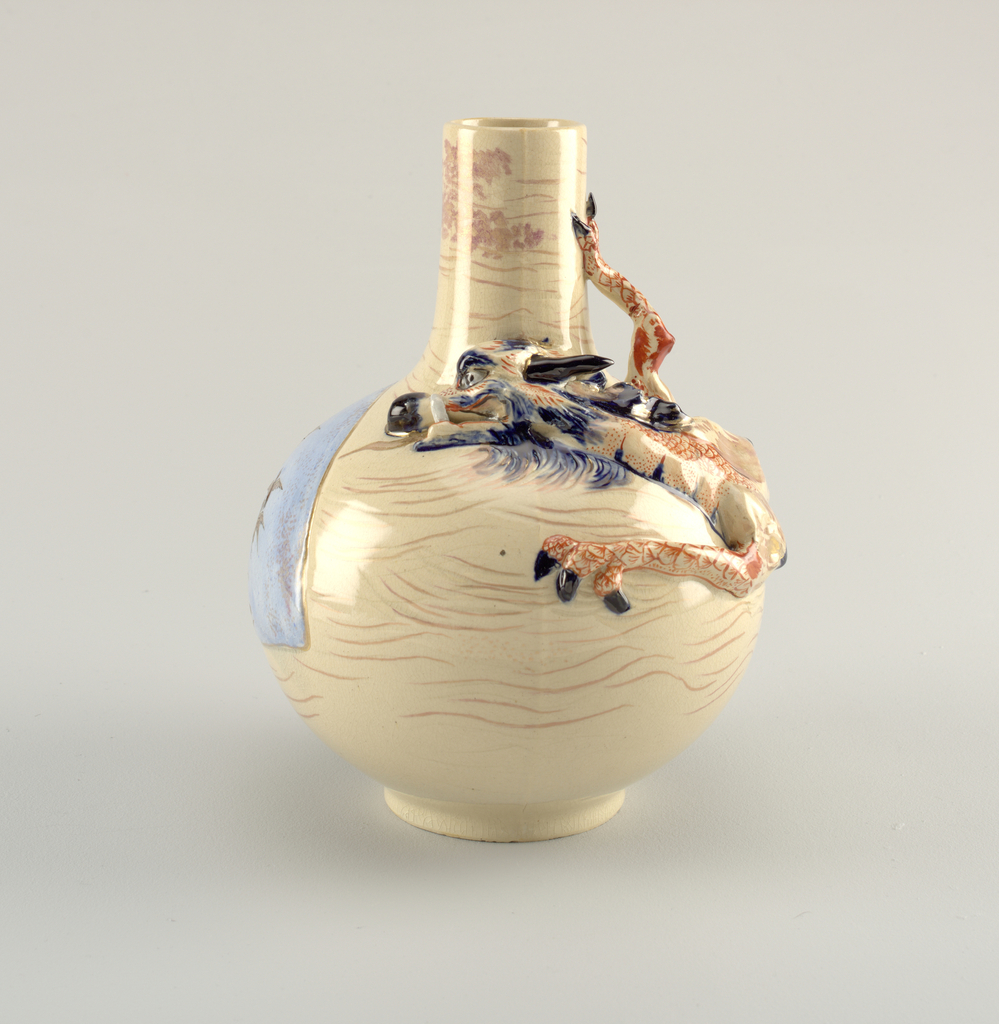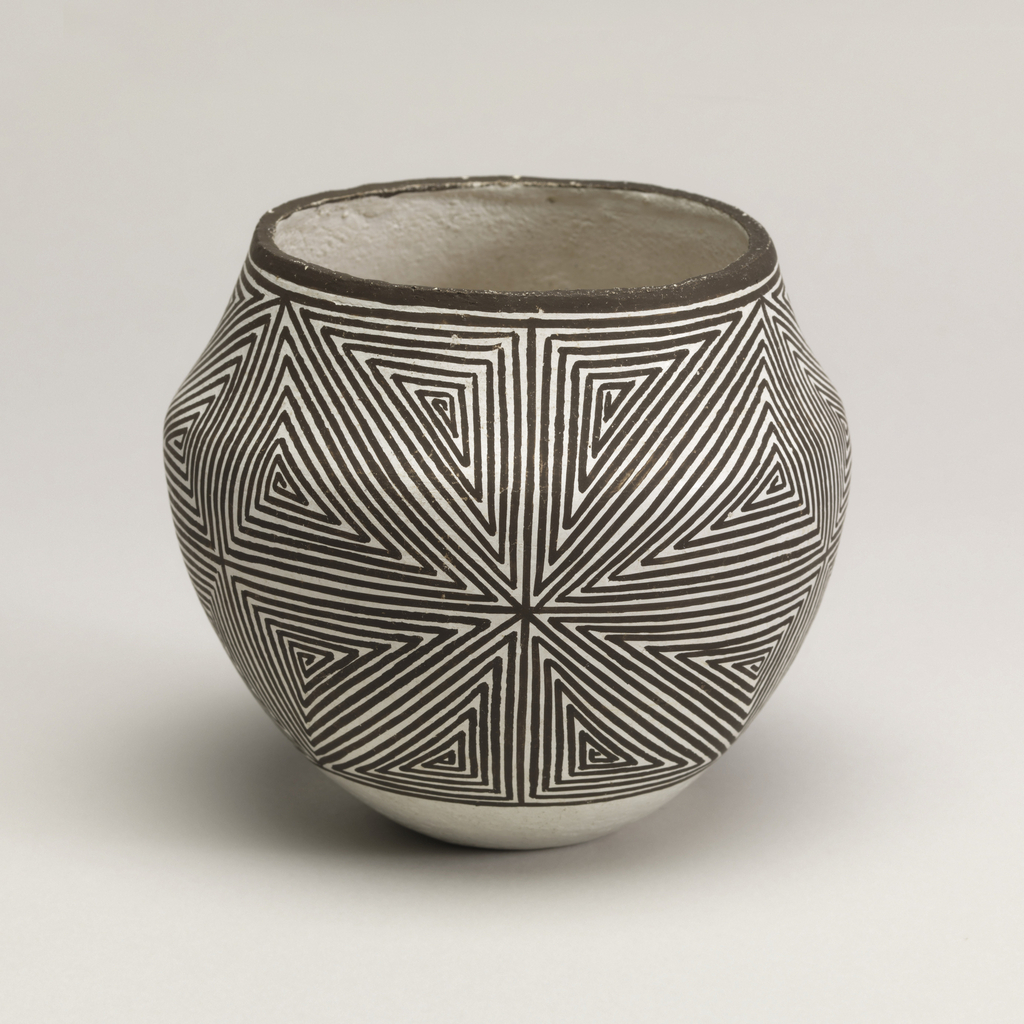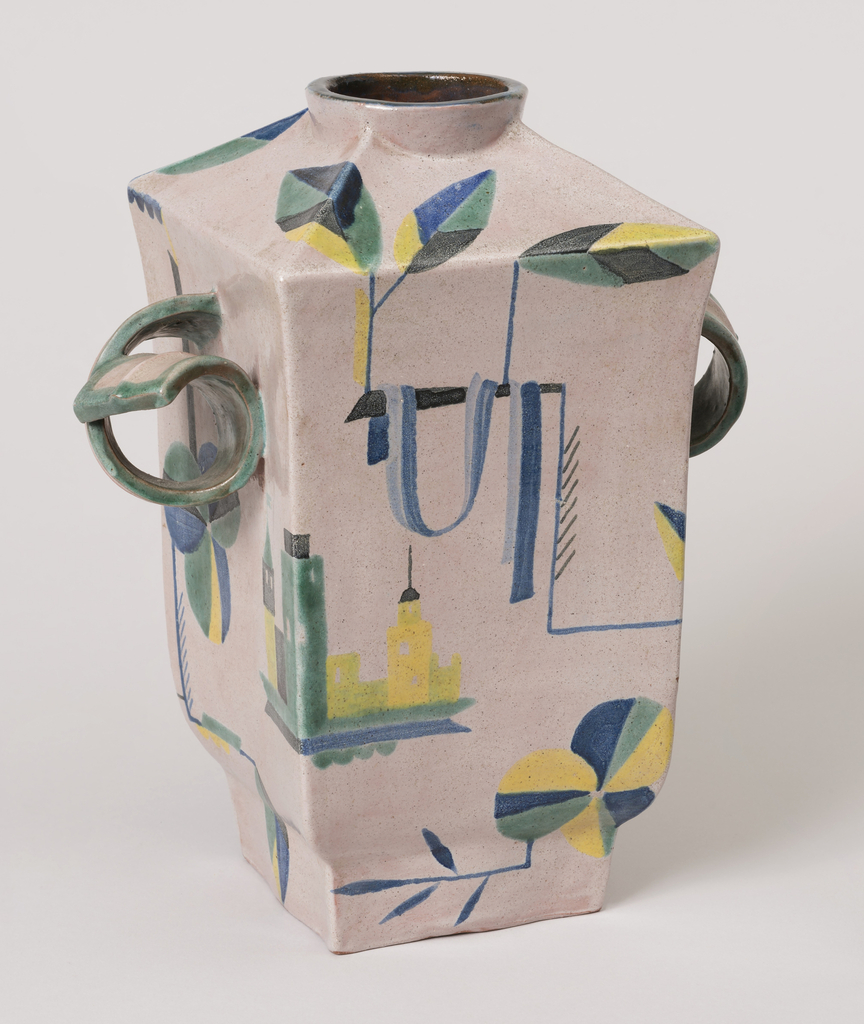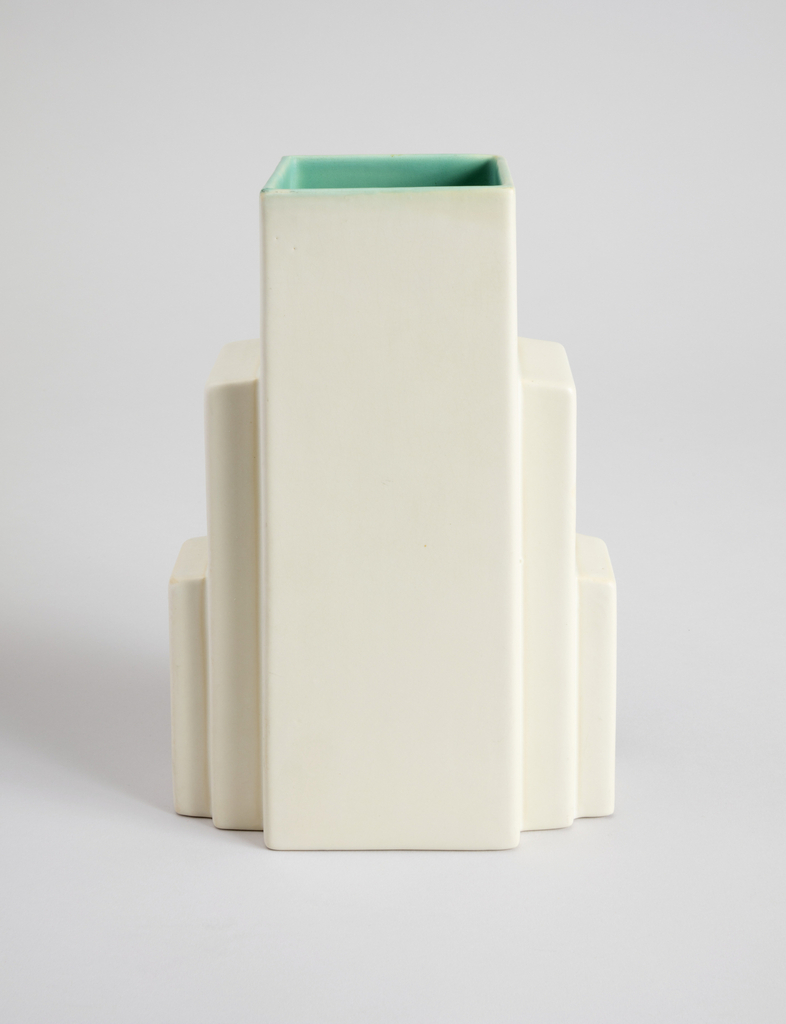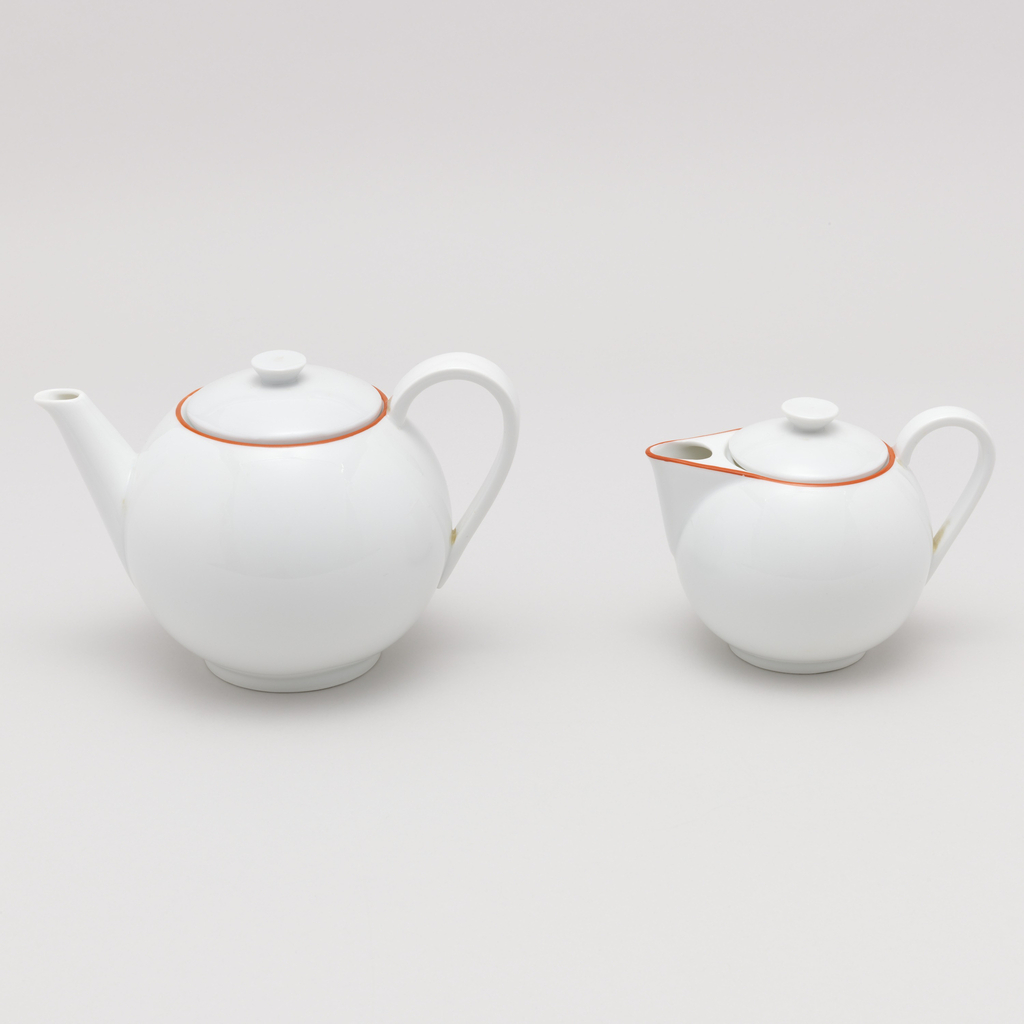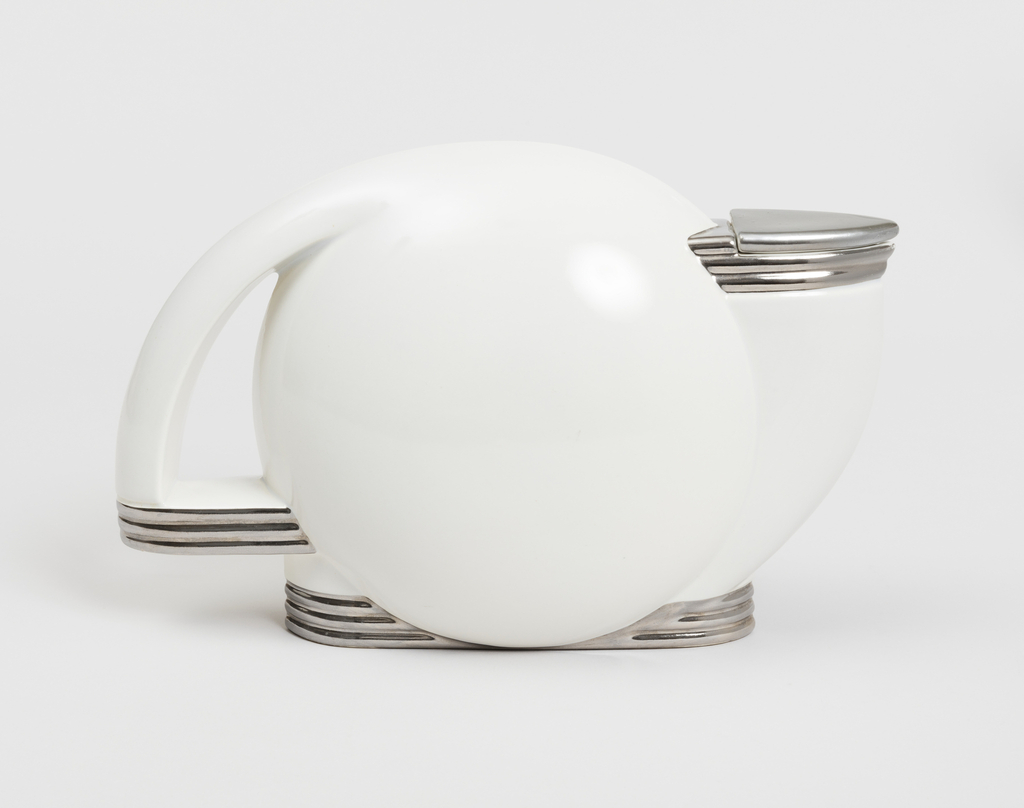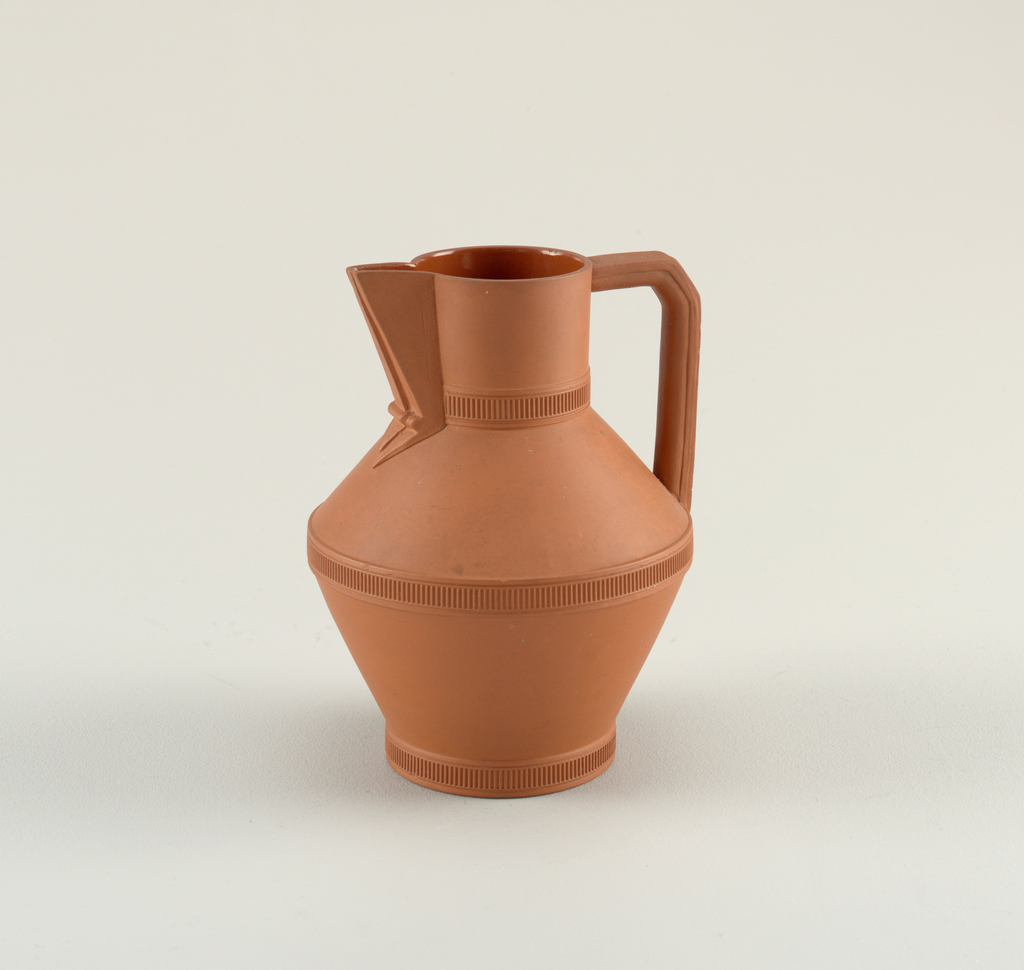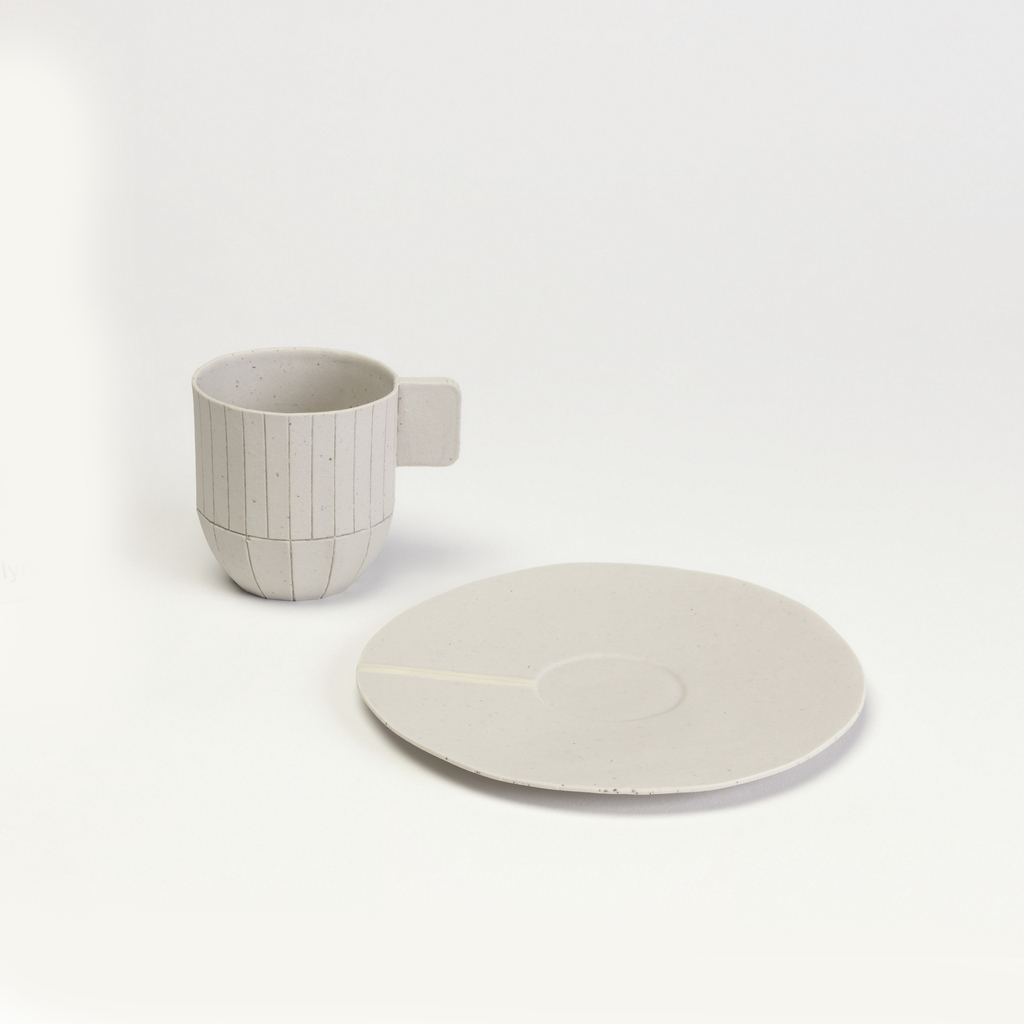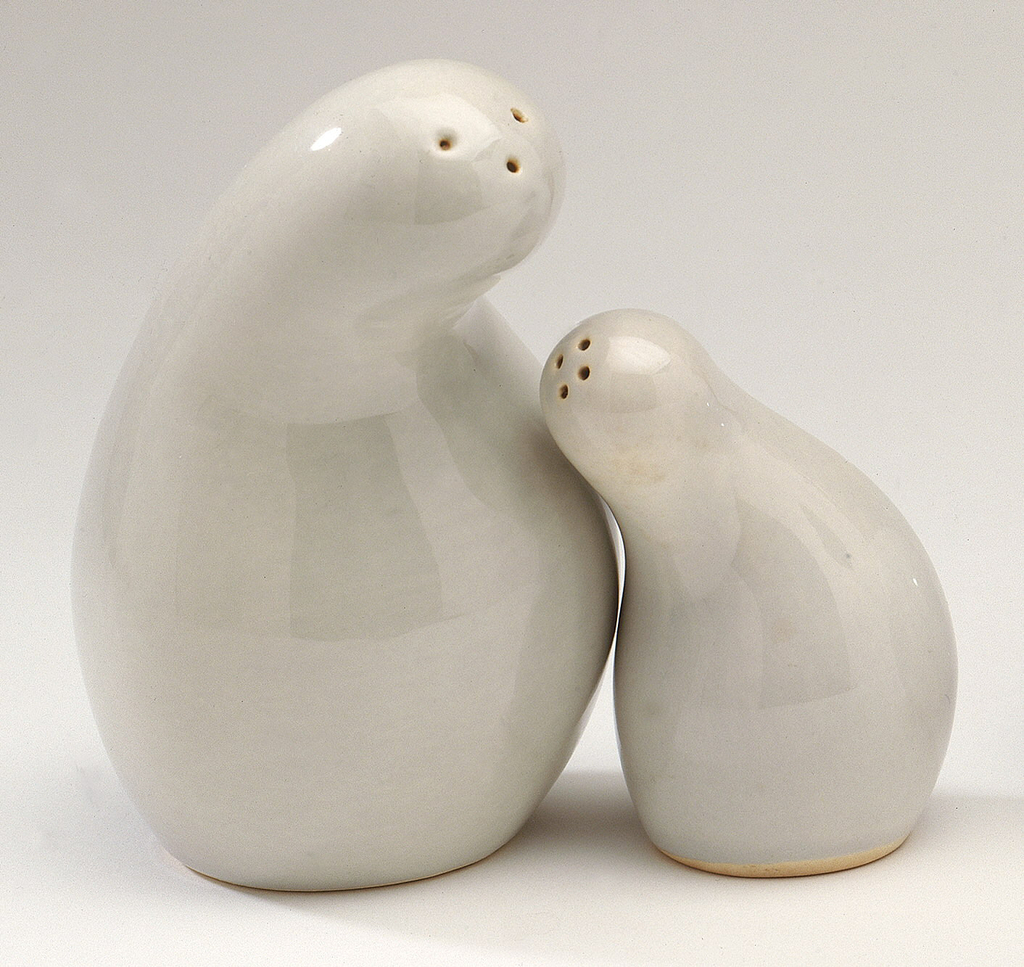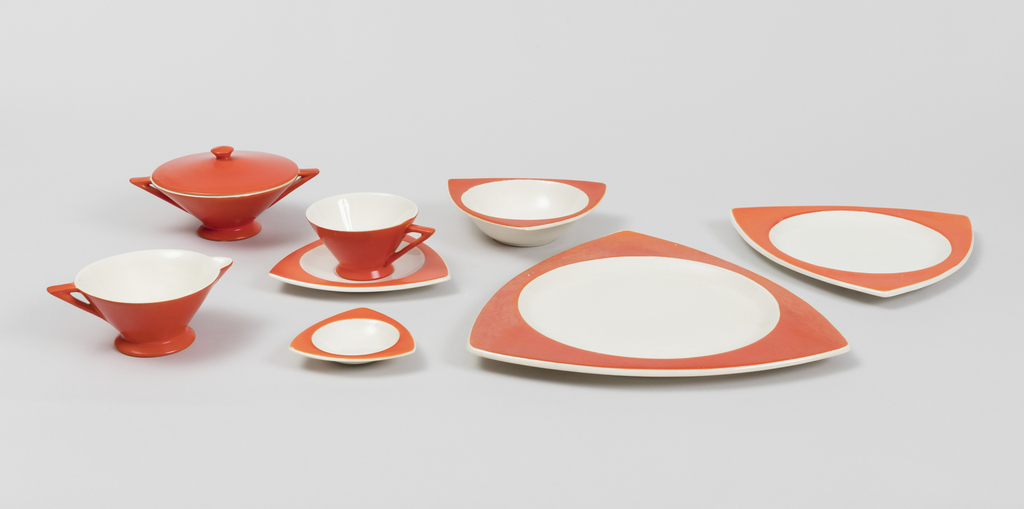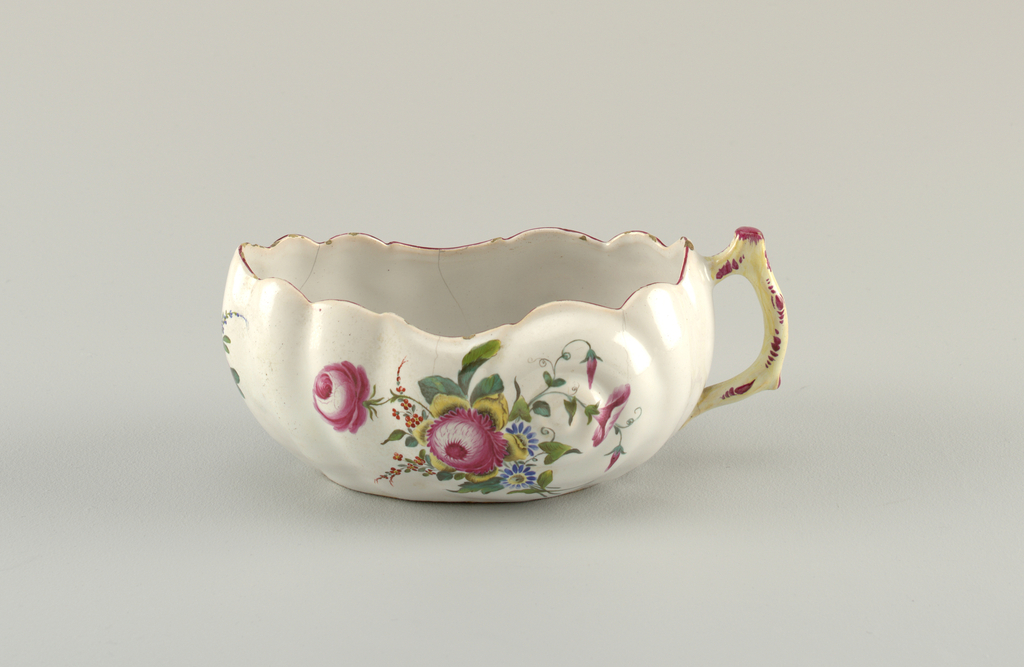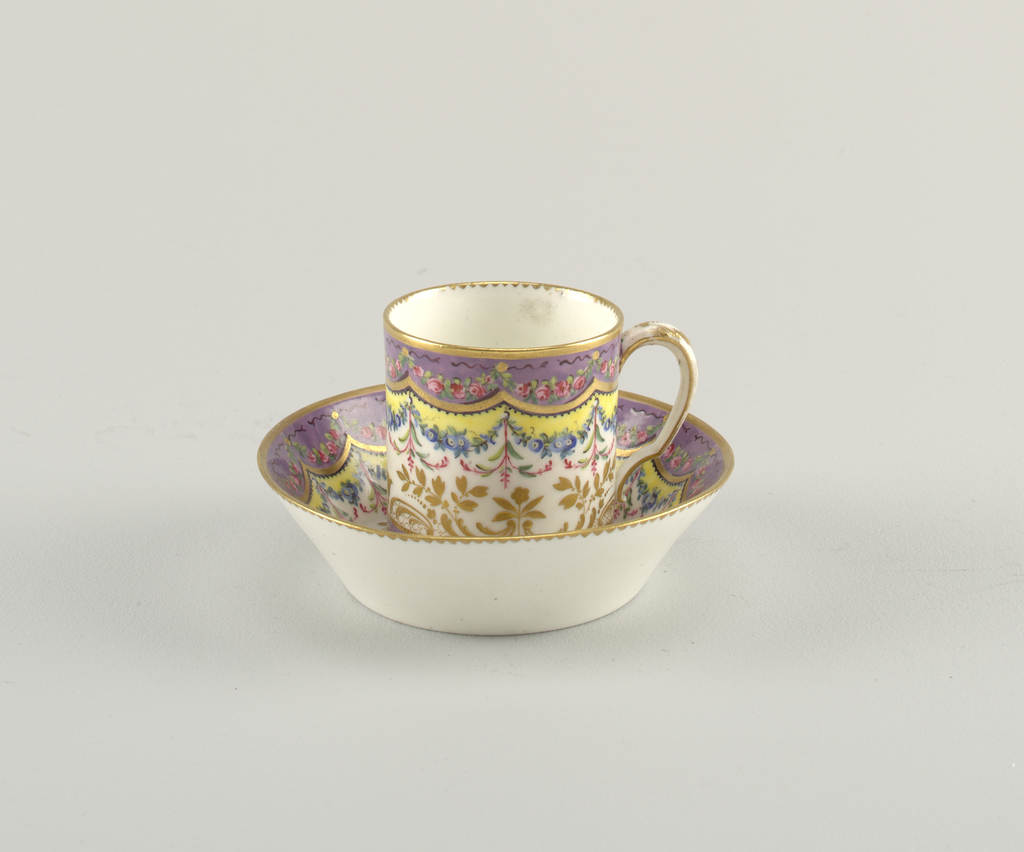Author: Victoria Jenssen I grew up with Carol Janeway’s animal-themed tiles in my parents’ home, but only since my parents’ death at the turn of this century did I start researching Janeway’s career. My family’s amusing tiles were leftovers from my father’s career of the post-war 1940s when he crafted Janeway-designed hardwood frames for her...
To celebrate the opening of Iridescence, on view through March 24, 2019, Object of the Day this week will feature iridescent objects in the collection. This vase with its shimmering colors and fluid lines was designed by Jacques Sicard for the Weller Pottery between 1902 and 1907. It was created using gray-white clay and is...
In celebration of our new exhibition, The Senses: Design Beyond Vision, this Object of the Day post explores the multisensory experience of an object in Cooper Hewitt’s permanent collection. Traditionally formed by hand, ceramic vessels possess inherent organic characteristics. Their forms have often been influenced by or imitated the shapes of human bodies since the...
In celebration of Women’s History Month, March Object of the Day posts highlight women designers in the collection. This dragon vase was made at Frederick Dallas’s Hamilton Road Pottery by Maria Longworth Nichols. Nichols worked there before founding her own firm, Rookwood Pottery, later in 1880. This example is marked with a number “3” on...
In celebration of Women’s History Month, March Object of the Day posts highlight women designers in the collection. Today’s blog post was written by Rebekah Pollock and originally published November 19, 2016. Lucy Martin Lewis learned to make pottery from her great-Aunt and other women living in Sky City, a remote three hundred foot high sandstone...
Modern Viennese design greatly influenced American style during the Jazz Age. This vase, currently on view in the The Jazz Age: American Style in the 1920s, chronicles this dialogue in the history of modern design. Remarkably, it was one of a pair originally offered in the short-lived Wiener Werkstätte showroom in New York City. Established in 1921...
Even though the stamped marking on the underside of this vase reads “Coors Golden Colorado Pottery,” its coloring is not that of a pale ale. Rather, the exterior is painted with a cream-toned glaze, while its interior is coated in a light teal. This choice of matte glazing further calls attention to the stepped form...
Now on view in The Jazz Age: American Style in the 1920s, this mocha pot by Ladislav Sutnar effortlessly combines functionality with modern design.
In a December 2016 visit to Cooper Hewitt, George R.Kravis II converted the Promised Gift of this teapot to a gift, joining a large group of objects that helps tell the story of twentieth and twenty-first century design, much of which represents the best of design often for everyday use. It is the first piece...
During the Victorian era, Christopher Dresser vigorously designed household objects in a multitude of materials. He designed ceramics, metal, glass, and much more. This versatility was part of his brilliance as a commercial designer. While paying attention to both ornament and form throughout his career, Dresser’s attention shifted more toward form after visiting Japan in...
For the Paper Porcelain tableware series, designers Stefan Scholten and Carole Baijings sought to translate paper models—an integral part of their design process—into porcelain. First, they sketched the forms, geometry, and color of the cups and saucers. The two-page concept drawing below, in Cooper Hewitt’s collection, was cut from the designers’ Moleskine sketchbook and dates...
Eva Zeisel’s Town and Country line for Minnesota’s Red Wing Potteries, Inc. is an icon of the twentieth-century table. Available in several colors, Town and Country reveals many things—from Zeisel’s unique biomorphic forms, to the emergence of informal dining during the 1940s, to foreshadowing the “atomic” look of tableware in the 1950s. These salt and...
Geometry has always been a friend of the dinner table. During the 18th century both the hexagon and octagon were part of the repertoire of shapes used for plates, teapots, and other dining accoutrements in Europe, as seen in these English Queen Anne style silver salts dating from 1717 and this Chinese export armorial plate...
At first glance, you might think this is a sauce bowl or pitcher used at the dinner table. However, it is something quite different all together, and would most definitely be an unwelcome addition to a table spread. The bourdalou, in fact, was a type of chamber pot that was specifically used by women up...
Designated as the “Royal Porcelain Manufactory” during the mid-eighteenth century under the reign of Louis XV, the Sèvres Porcelain Manufactory needs little introduction as one of Europe’s most innovative and influential porcelain manufacturers during the eighteenth century. Eight years before Sèvres manufactured this cup and saucer in 1780, Louis XVI had become king, and the...
